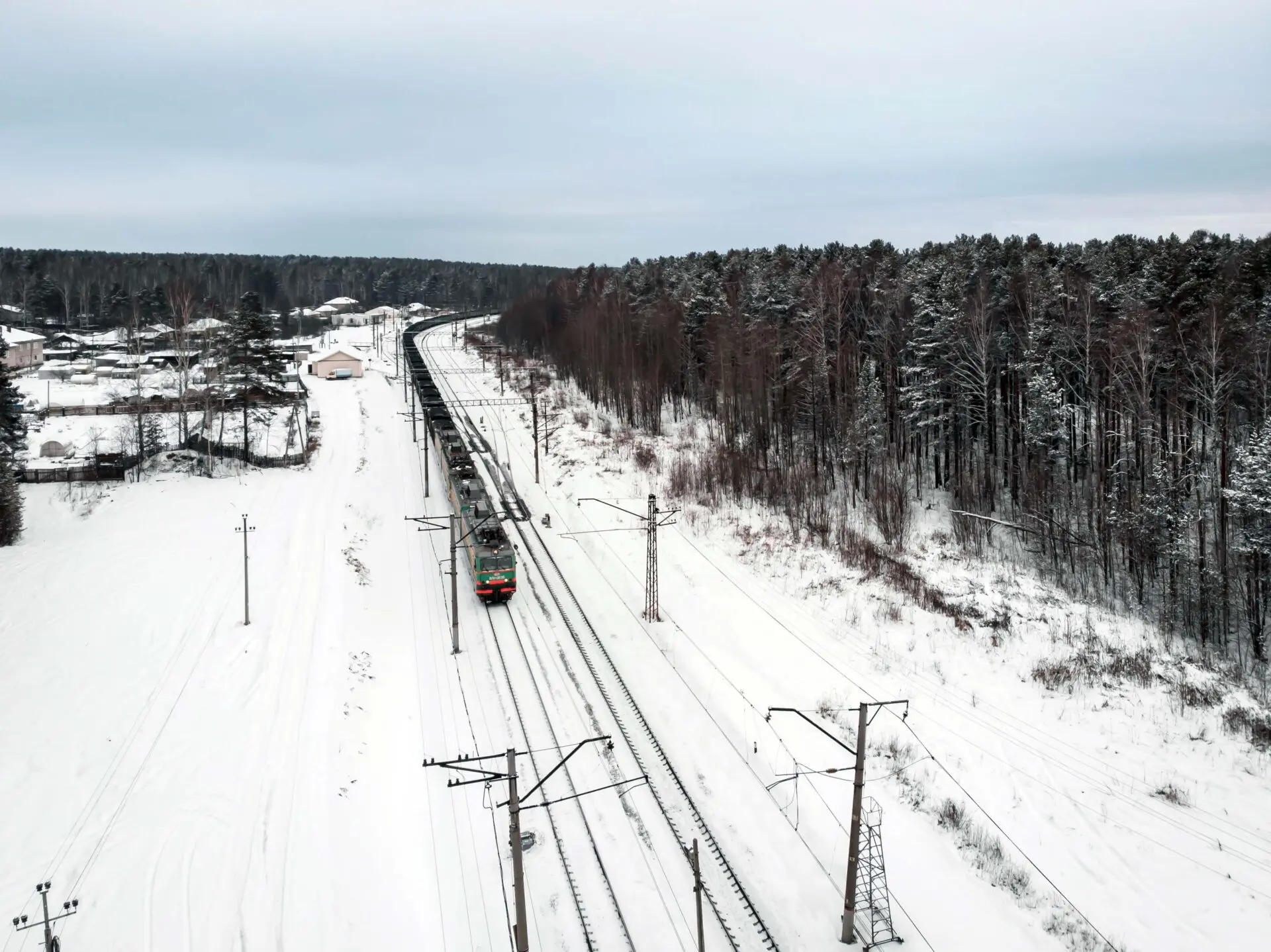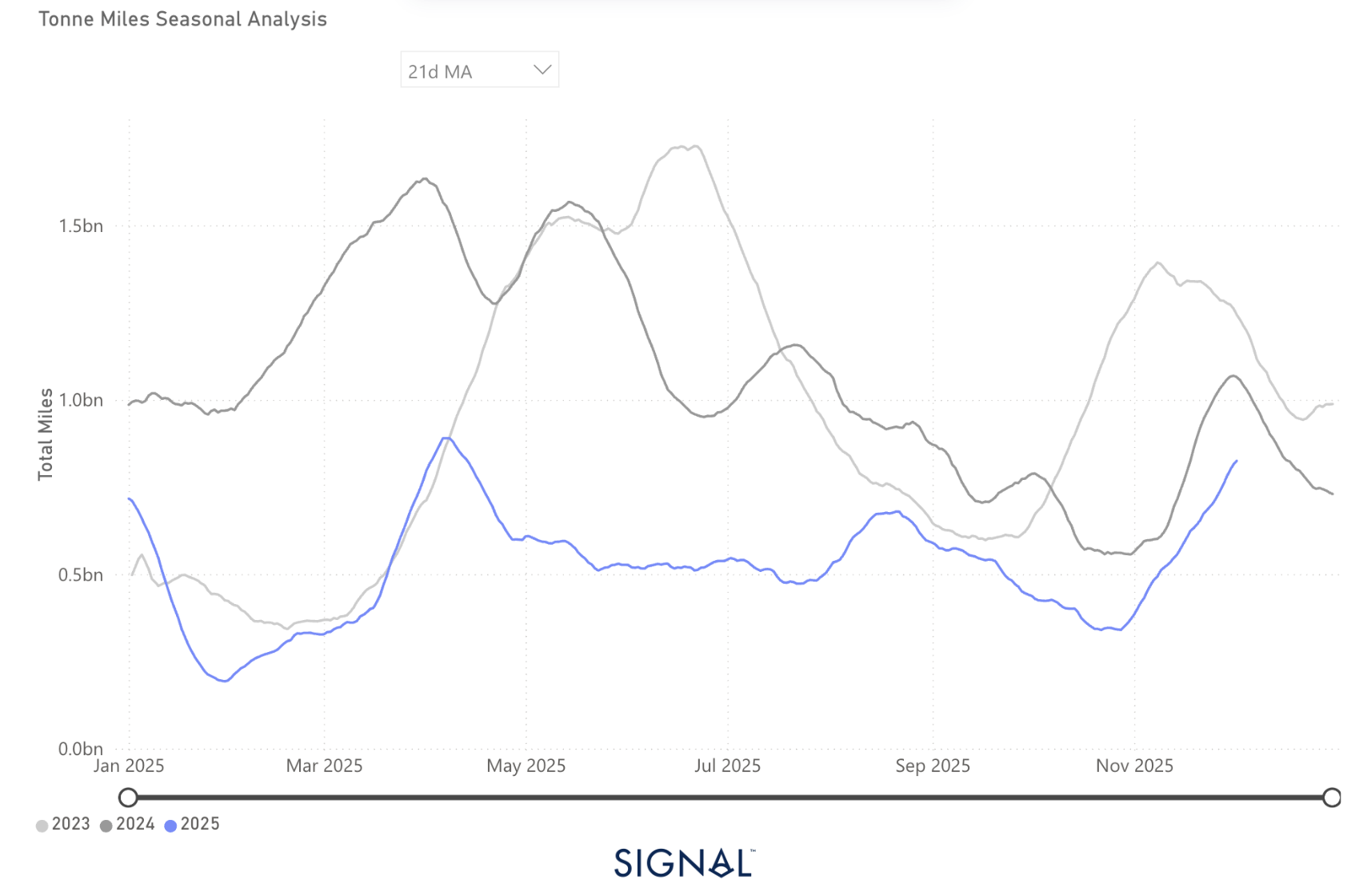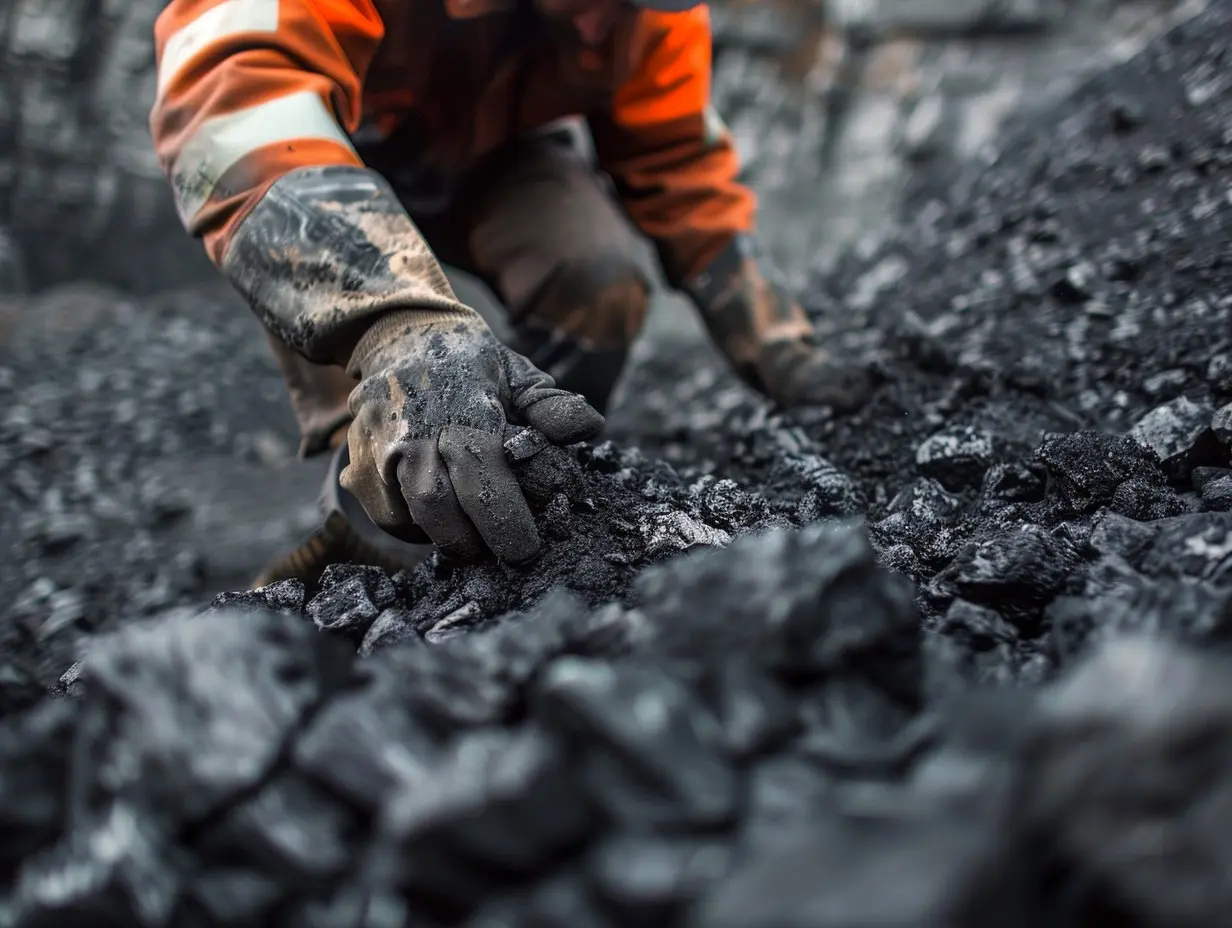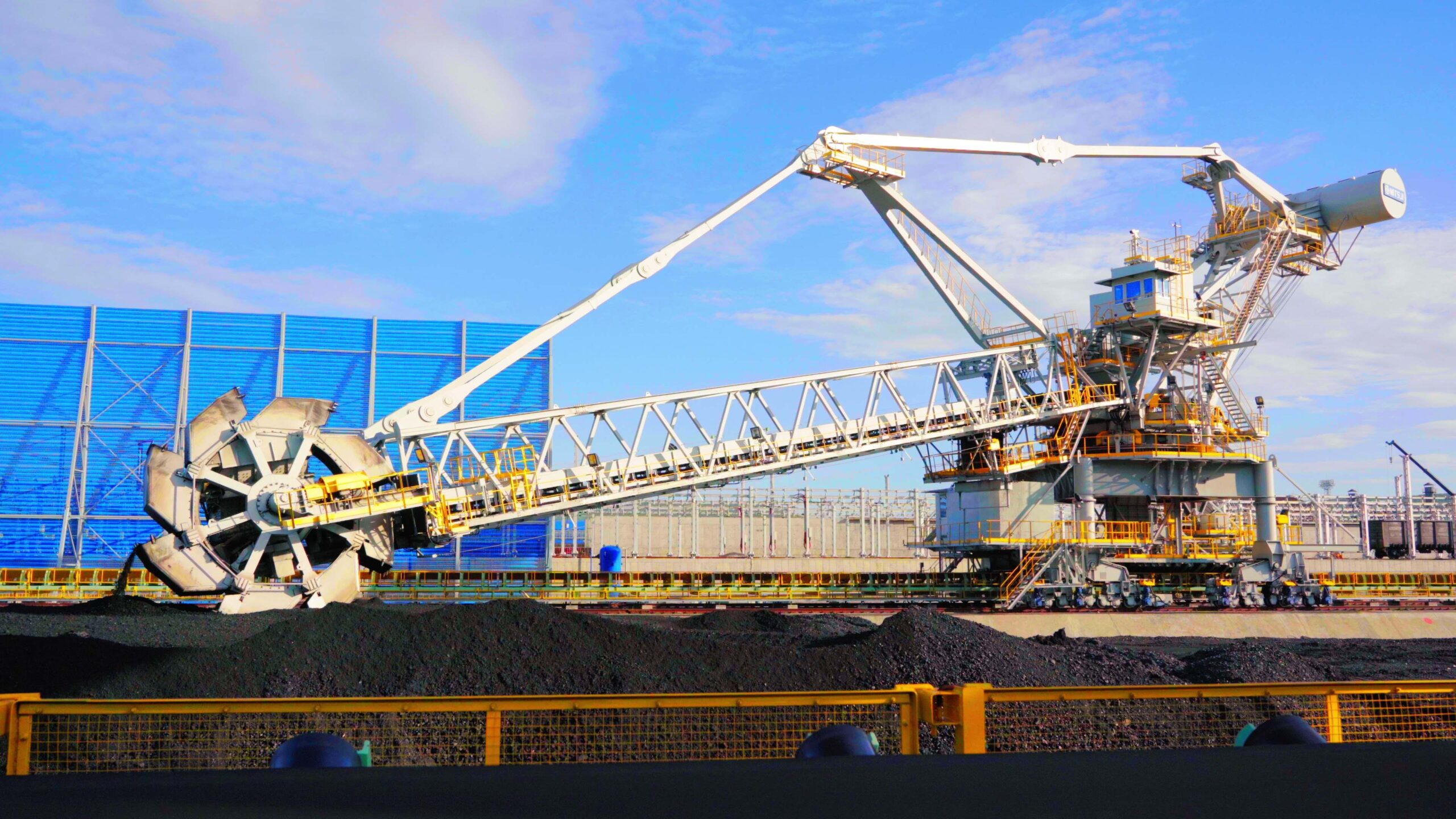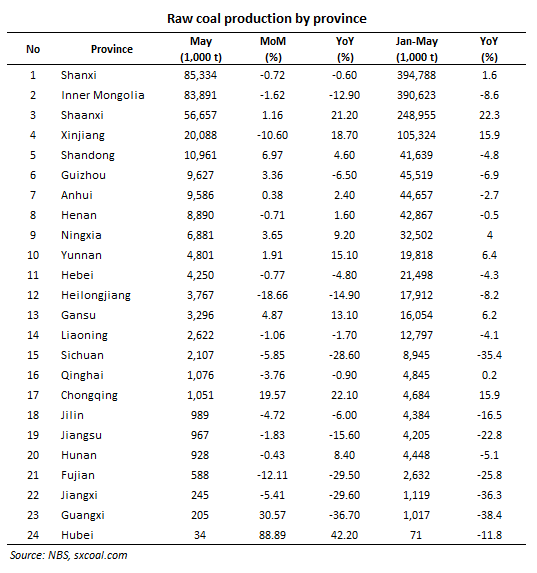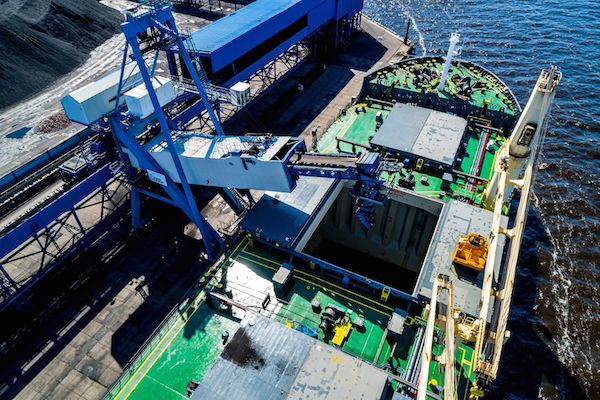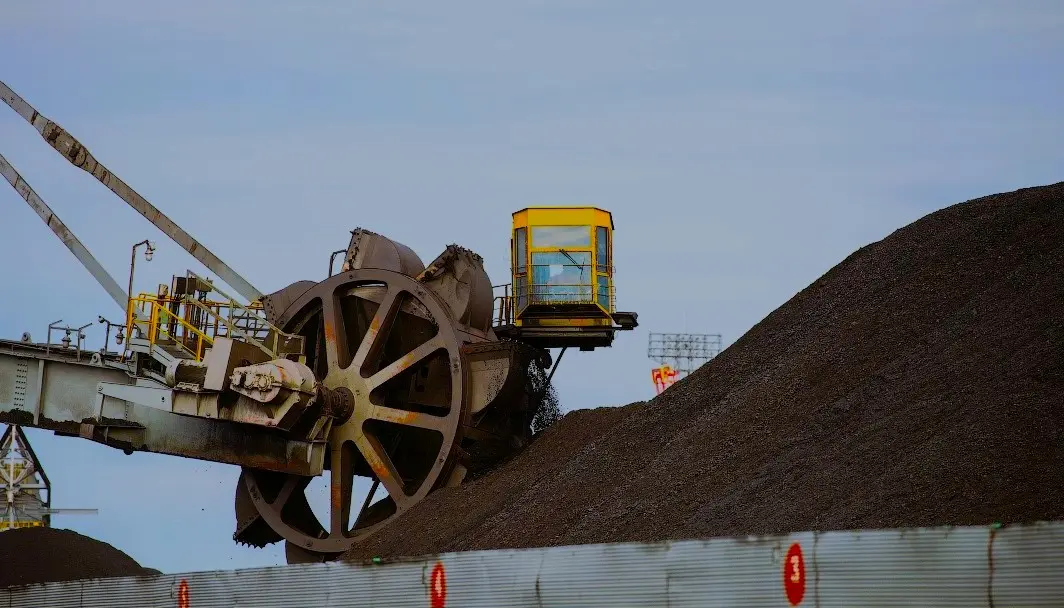

Over the past week, European thermal coal indices rose above 100 USD/t, following news on Glencore’s possible production cut at the Cerrejon mine in Colombia by 5-10 mio t in 2025. Nevertheless, pressure on prices is still exerted by falling gas quotations, as well as stable stock levels at ARA terminals amid the end of the heating season and an increase in the share of renewable generation.
The European Commission agreed a 5 billion EUR plan to decarbonize steel production with hydrogen. However, Thyssenkrupp said last week that its own project to produce steel with the technology remains uneconomic. RWE stated that it will cut capital expenditure by 25% over 5 years due to political and economic uncertainties. RWE plans to close all its lignite-fired power plants by 2030.
TTF hub gas quotations fell to 453.79 USD/1,000 m3 (-39.46 USD/1,000 m3 w-o-w), given the US-Russia ceasefire agreement in the Black Sea and on energy infrastructure facilities. Coal stocks at ARA terminals dipped slightly to 3.62 mio t (-0.02 mio t w-o-w).
South African High-CV 6,000 bounced up from a 4-year low to 88 USD/t, also driven by reduced supply because of low prices. The Medium-CV material fell below 74 USD/t on tight demand in India, where stockpiles are rising due to increased domestic supply and rail transportation. Coal stocks at Richards Bay Coal Terminal (RBCT) remain flat at 3.79 mio t.
By the end of March, exports through RBCT are expected to grow by 27% to 4.80 mio t (+1.03 mio t to February 2025). However, transshipments are forecasted to decline to 4.5 mio t in April.
In China, spot prices for 5,500 NAR coal at the port of Qinhuangdao dropped to 94 USD/t. The Chinese domestic market remains depressed, affected by weak buyers’ activity, high port inventories and rising temperatures. Some traders say that utilization of power plants in Jiangsu province (where temperatures reached 34°C, 19°C above normal) plunged to 30% and may cause their shutdown, which will result in reduced coal demand.
However, some market participants forecast prices to strengthen in anticipation of lower import volumes through May. Moreover, some consumers are planning to ramp up stockpiles ahead of the start of maintenance on the Daqin railway line.
Inventories at the 9 major ports were down to 31.18 mio t (-0.22 mio t w-o-w), retreating from an all-time high, while coal stocks at the 6 largest coastal thermal power plants totaled 13.54 mio t (+0.10 mio t). The consumption stabilized in the range of 777-780 kt/day.
Indonesian 5,900 GAR eased to 84.3 USD/t, the price of 4,200 GAR slipped to 49.3 USD/t after the government adjusted HBA indexes downward for the second half of March. In addition, market participants noted reduced demand for medium-calorie Indonesian material due to the availability of cheaper alternatives from South Africa.
Demand from India is limited as stocks at Indian thermal power plants are above the average for the last 5 years.
Australian High-CV 6,000 corrected up to almost 95 USD/t after a sharp drop a week earlier. Medium-CV continues to depreciate on lower imports from China, which brought down total Australian deliveries in February by 43% to 4.4 mio t, compared to January 2025. JERA and J-Power are considering plans to cut coal-fired generation in April, May, September and October in response to a stronger dollar and increased nuclear generation.
The Australian HCC metallurgical coal index strengthened slightly to 170 USD/t on improving demand from the Asia Pacific, including India, which saw some growth in steel prices, resulting from the imposition of import duties. Stabilization of domestic market quotes in China also provides some support. Nevertheless, there is still a surplus in supply on the spot market.
Source: CCA Analysis

